LAPP Lessons: Engaging Community Voices
The meaningful inclusion of community members in health-related research is critical to the success of these projects. But this approach comes with its own set of challenges. Here, we provide examples from the DASH funding program LAPP to help you and others succeed.
The Challenges of Community Research
Communities and their members possess a unique knowledge base that is essential to creating sustainable and desirable health-related solutions. However, researchers have often left communities just as they were – or worse off – once community members had expanded valuable time and energy to share their stories. Historically, extractive practices and lack of transparency have led to distrust toward health interventions within many communities.
One illustrative example in recent history comes from a response to Washington State's Substance Abuse Prevention Plan. In 2008, the Education Committee of the Affiliated Tribes of Northwest Indians (ATNI) passed a resolution calling on the State to conduct consultation with tribes "about tribal and cultural specific prevention goals,” while also urging member tribes “to advocate for culturally responsive prevention programs that consider culturally respectful research.”
Many organizations have not owned up to the harmful tactics they have used to collect, store, and interpret data which has led to a lack of trust on part of communities. Organizations across healthcare and technology have often tried to right their wrongs by introducing community advisory committees, but these committees have not lived up to their potential and often continued to tokenize marginalized voices without affording them real power.
To prevent any form of exploitation, the power dynamics between researchers and the community need to be leveled. The dominant approach of seeing community members as passive ‘subjects’ without agency must give way to viewing them as active and autonomous research participants.
Channeling Community Voices
Organizations can empower community voices in several ways. These include town halls, community surveys, as well as directly inviting individuals to participate in decision-making processes. In principle, these are straightforward ways to boost participation and cultivate trust.
Recent and positive trends in this regard include the appropriate compensation of community members as well as ensuring transparent communication throughout the entirety of community-based research projects. But with all that said, compensating people with lived experiences for their time and lived knowledge may prove to be challenging, as it can be difficult to remunerate individuals experiencing homelessness who do not have a bank account or a home address.
ARCHI, a grantee in DASH’s Learning and Action in Policy and Partnerships (LAPP) funding program, faced this issue when working with individuals who were experiencing homelessness in Atlanta. ARCHI was engaging the community through a 4-day workshop centered around empowering those who are or who have experienced homelessness in the metro Atlanta area. ARCHI was intent on compensating the individuals that participated through a stipend. Except, several participants did not have a bank account, home address, or formal way of receiving the payment.
Another example comes from a LAPP grantee in Connecticut. CT Data in Hartford works to support data collaboration and integration related to youth engagement and youth behavioral health. Collaborating with several youth programs in the city, the organization has a direct link to youth who have a first-hand account of behavioral issues amongst their peers. CT Data worked with youth during their project and ran into issues as they tried to compensate participants: multiple students and youth were moving during the summer, making it more difficult to communicate and compensate the young research participants.
Lived experience and knowledge are invaluable when finding sustainable solutions and driving positive social change. With appropriate compensation, organizations can encourage and engage communities, and improve the programs and policies that directly affect them. Since compensation isn't always a straightforward matter, communication with participants from the very beginning of the project can help to avoid obstacles. In fact, as communication is one of the first things to falter when difficulties arise, it’s crucial to be conscious and proactive about it.
One great example is a LAPP grantee based in rural Utah that has been working to digitize the provision of social care services for elders in their county. They have worked to increase community engagement by personalizing outreach to Tribal chapters. The Director of San Juan County Area Agency on Aging spends extra time making sure that community members are not just one of a hundred others on a long email chain by personalizing the emails to encourage engagement and participation, proving that personalizing outreach can engage the community and display respect for communities.
Key Takeaway
Channeling the voices of people with lived expertise is invaluable when seeking solutions that are sustainable and suitable for the community. People living within the community and dealing with the system firsthand are the most knowledgeable about the barriers to success and can use their unique expertise to find solutions. No matter the challenges, by using different ways to harness community voices and people with lived expertise, organizations can increase engagement as well as advance the well-being of communities.

